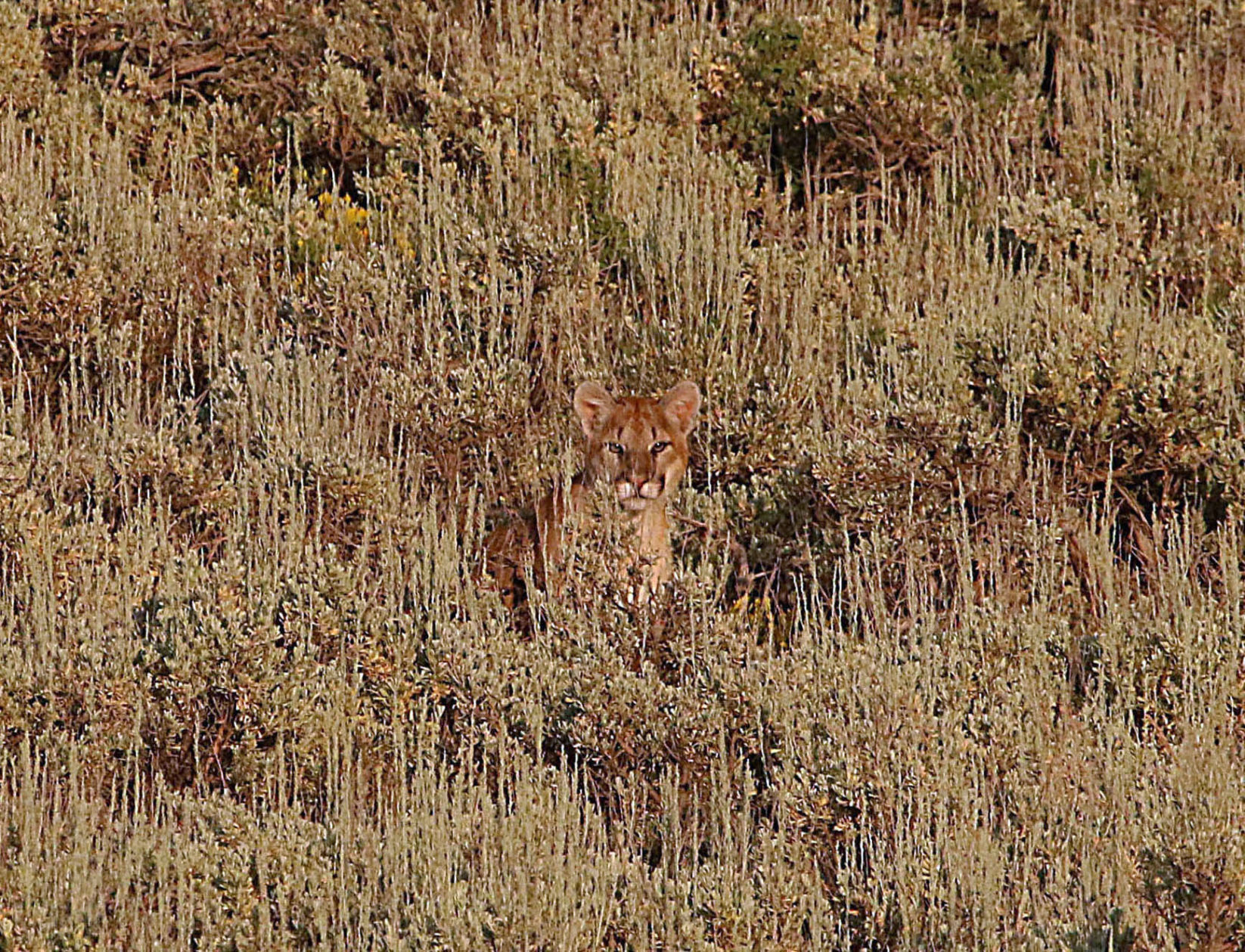SALT LAKE CITY—Plenty of cougars mean additional chances to hunt the big cats in Utah.
During an Aug. 30 meeting in Salt Lake City, members of the Utah Wildlife Board—a panel of seven citizens appointed by the governor—approved a slight increase in the number of cougars hunters can take during the state’s upcoming season.
During the 2017 – 2018 season, hunters were allowed to take 581 cougars. During the upcoming season, hunters can take 642.
The number of cougars that are taken will actually be lower than 642, though. For example, 456 cougars were taken this past season, even though hunters were allowed to take 581.
“Cougars are tough to hunt,” says Darren DeBloois, game mammals coordinator for the Division of Wildlife Resources. “Not every hunter who gets a permit will take one.”
You can apply for a cougar hunting permit starting Sept. 18. The cougar hunting rules the board approved will be available in the 2018 – 2019 Utah Cougar Guidebook. The free guidebook should be available at www.wildlife.utah.gov/guidebooks by Sept. 14.
Cougar population
DeBloois says Utah’s cougar population is doing well, with lots of the big cats found across the state. He appreciates the role cougar hunters play, both in helping protect deer, bighorn sheep and livestock from cougars and providing wildlife biologists with valuable information that helps them manage the population.
DeBloois says those who take a cougar must bring the animal to a DWR biologist or a conservation officer. “The first thing we do is examine the animal to see if it’s a male or a female,” he says. “Next, we determine the animal’s age by removing and analyzing one of its teeth.”
DeBloois says the number of females and the number of adults in a cougar population are the key factors in keeping the population healthy and strong.
“A male cougar will breed with several females,” he says, “so keeping plenty of females in the population is important. The number of adults is also important. A healthy population will have plenty of adults. If the number of adults starts to decline, we know the overall number of cougars in the population is declining too.”
Utah’s Cougar Management Plan provides guidelines that help ensure the state has a healthy and stable cougar population. The two major guidelines are the number of female cougars hunters take—compared to the number of males—and the number of cougars taken that are five years of age or older.
The plan says not more than 40 percent of the cougars hunters take can be females. And at least 15 percent of the cougars taken must be five years of age or older.
During the 2017 – 2018 season, only 32 percent of the cougars taken were females. And 16 percent of the cougars taken were five years of age or older.
“Utah’s cougar population has plenty of females in it,” DeBloois says, “and plenty of adults too. We’re pleased the population is doing so well. These finely tuned predators are an important part of the state’s ecosystem.”
If you have questions about hunting cougars in Utah, call the nearest DWR office or the DWR’s Salt Lake City office at 801-538-4700.
Wildlife board OKs more cougar hunting permits

Cougar
